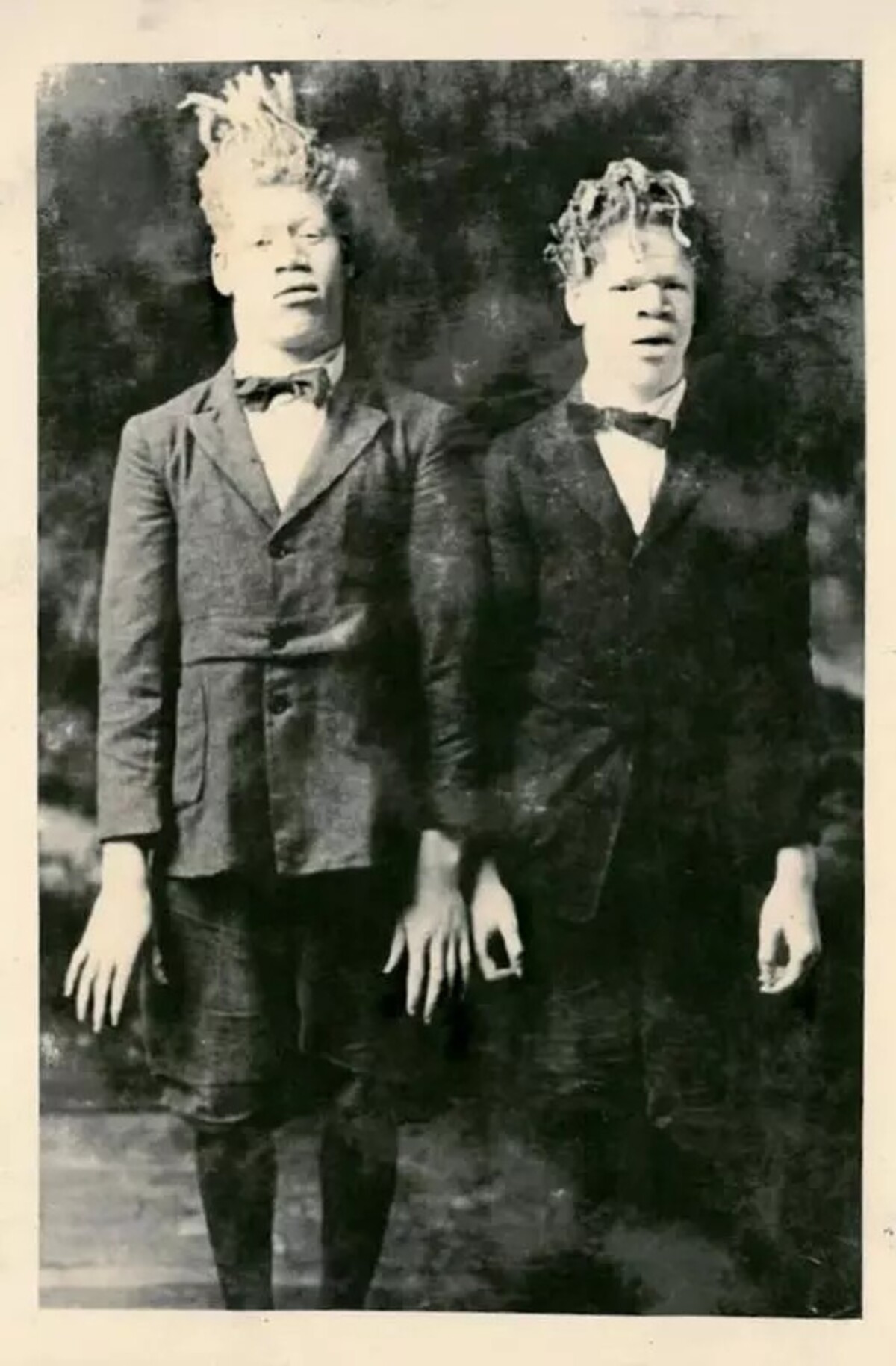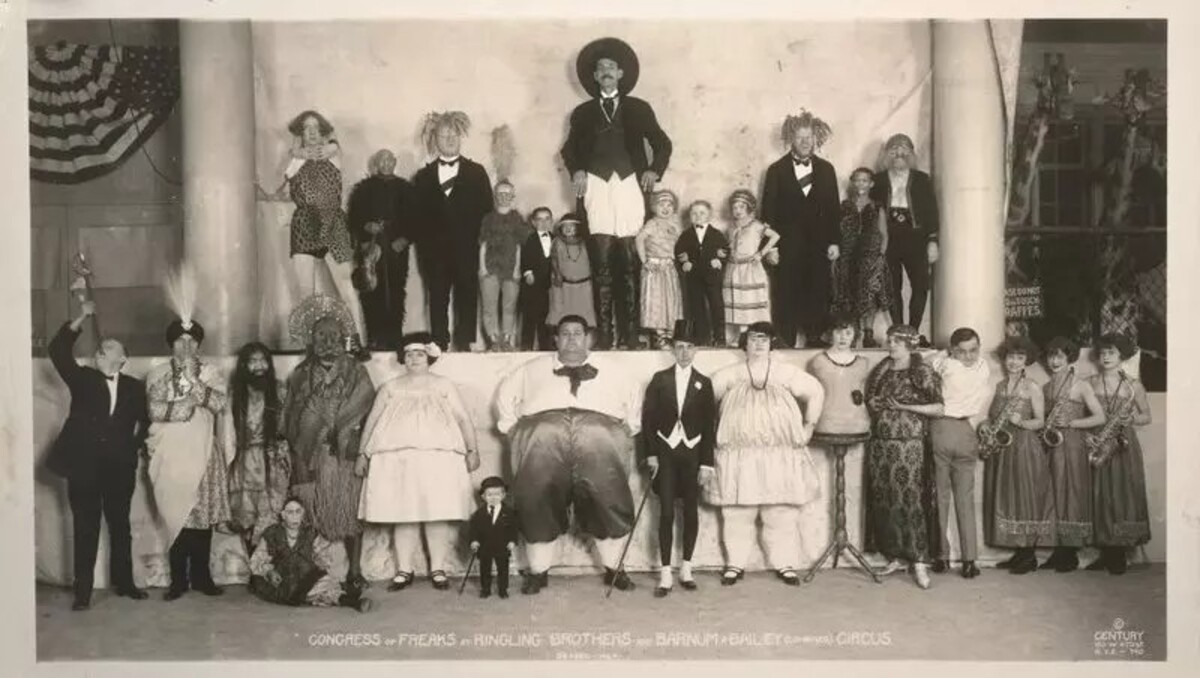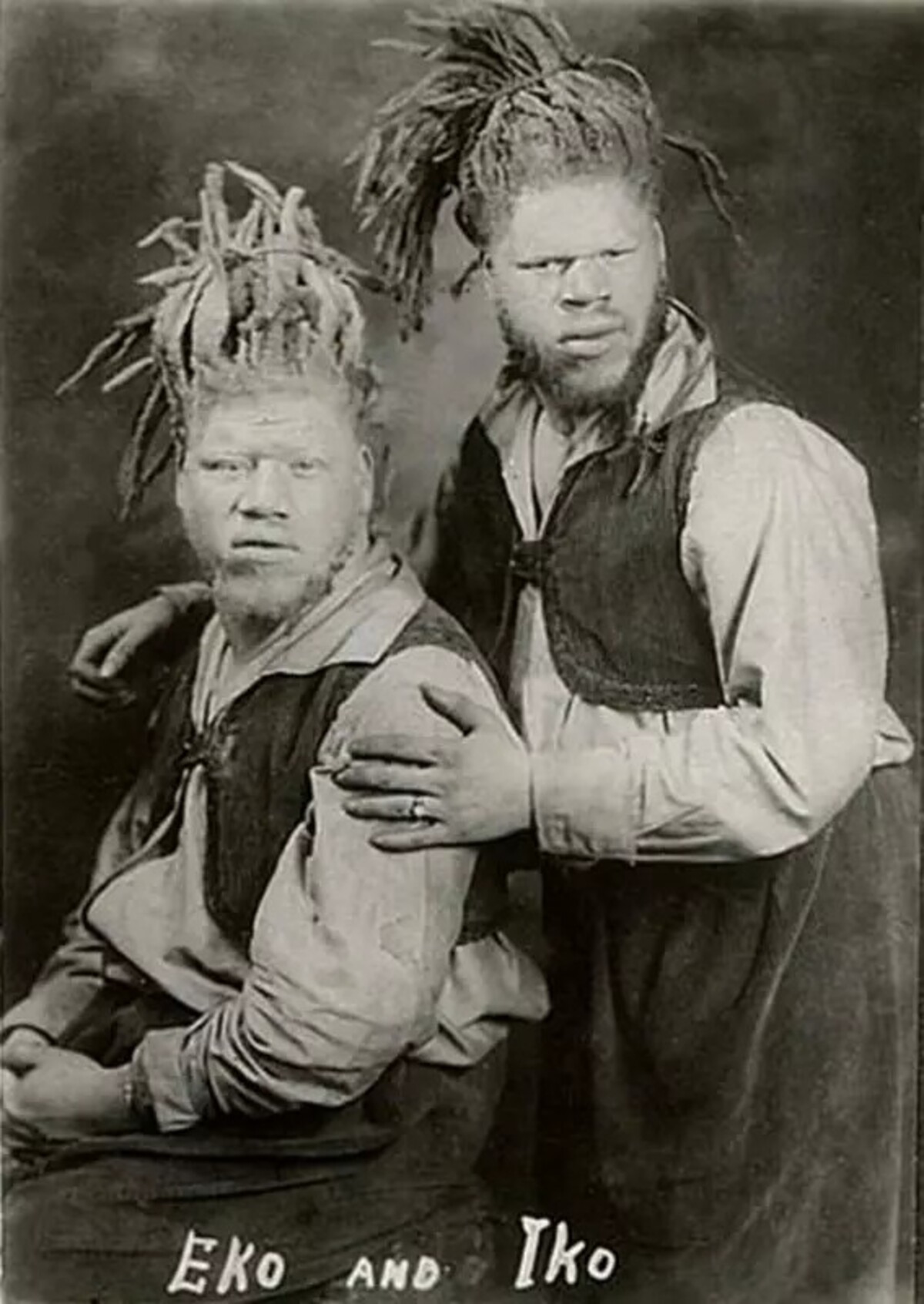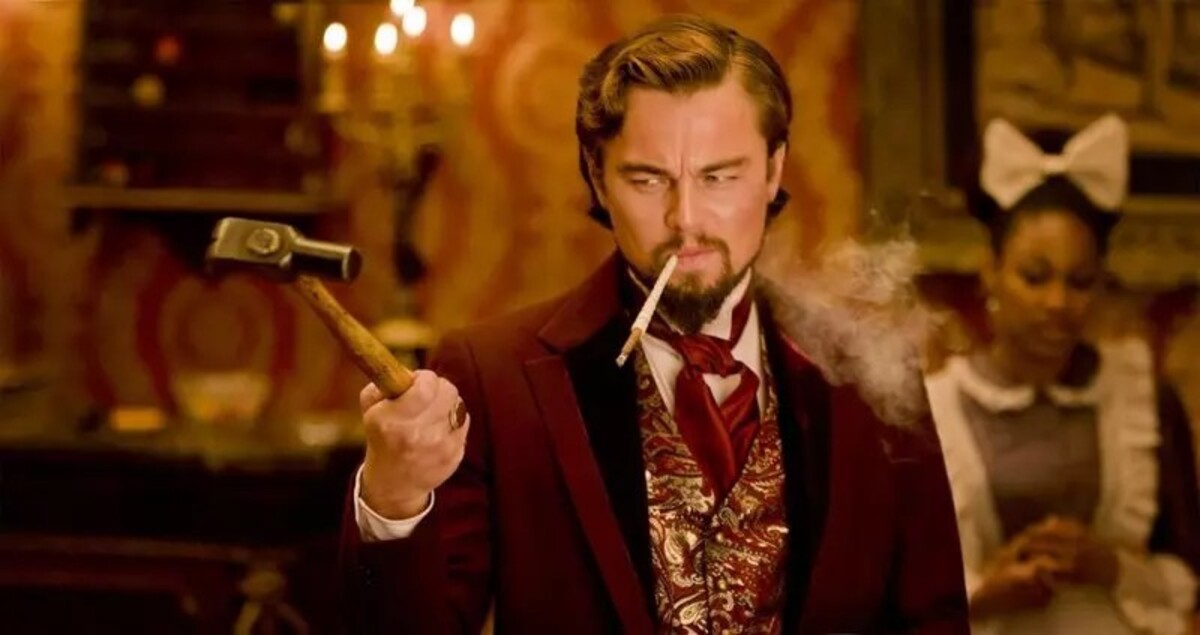The tragic story with a happy ending. Will we get a Hollywood version?
George and Willie came from an African-American family but had white skin due to albinism. They earned huge money from their manager, who kidnapped them as children, through appearances. On stage, he passed them off as Eko and Iko, travelers from Mars, and although many audience members probably didn't believe it, they didn't hesitate to pay for the show the pair of brothers put on. The reasons were many, and some of them were more than repulsive.
The freak show had featured people with various biological aberrations in the past. Many of them managed to earn fantastic money for their time, but not everyone ended up on stage willingly. Audiences have marveled at stars like Camel Girl, Three Legged Frank, and Elephant Man.

Their boss was making millions while the twins slept in a bed with bed bugs.
Watching the brothers bite off the heads of the snakes, people could not help expressions of disgust or astonishment. But this was exactly what the audience was paying for. Another time, George and Willie Muse took to eating raw meat, eliciting more puzzled looks from the crowd.
The organiser of the show was very fond of portraying them in his own way as creatures who were not on the level of a rational thinking person. At one point he described them as cannibals, at another he claimed they came from Mars and were found in a wrecked spaceship, or he placed them in an evolutionary stage between ape and man.
None of this was true, however. George and Willie Muse were born into an African-American family, but their appearance was marred by albinism, for which they had white skin. In addition, they suffered from a nervous disorder called nystagmus causing uncontrollable oscillating eye movements. As a result of their albinism, they had great difficulty when exposed to light, constantly squinting, and so developed distinctive deep wrinkles on their foreheads at a very young age.
During their career, they performed at the famous Madison Square Garden and Buckingham Palace in London, among other venues. The response to their shows was spectacular. According to the All That's Interesting website, they managed to bring in roughly 32 000 dollars for one day of performances, which, according to the inflation calculator, is approximately 545 000 dollars (534 288 euros) from 1927 to today. However, the brothers received the bare minimum of the total amount of money. The paradox is that although they earned their manager a huge sum of money, they themselves lived in poverty.
According to one anonymous letter to the FBI, they slept in flatbed-infested wagons, according to the Uncle Junior Project, a website focused on the history of blacks in American circuses. The money from the shows may have provided them with luxuries and education, but none of that concerned them. The manager never sent the boys to school, so they never learned to read or write. Moreover, unlike many other participants in so-called freak shows, they did not perform voluntarily. Even as young boys they were kidnapped.

A candy as an attraction for children?
They were separated from their family near Roanoke, Virginia, when they were young children. One version is that they were lured to the candy and kidnapped by comedian James Herman Shelton, nicknamed Candy.
However, this version may have been fabricated and was traditionally more of a cautionary tale aimed at children, Washingtonian suggests, referring to a book by writer Beth Macy about the brothers' lives called Truevine. Children influenced by the story of the boys' abduction should have been wary of being tempted by candy from strangers.
The truth, however, may actually have been less "fairy tale". According to the second version, a man named Stokes borrowed the boys from their mother for several performances in 1914, for which George and Willie's mother was paid. However, the short loan stretched over a long 13 years.
The Stokeses are said to have been stolen by the aforementioned James Herman Shelton aka Candy. When he saw that unconventional-looking African-American albinos were bringing him a huge bundle at a time of racial oppression in the US, he appropriated a pair of boys for pragmatic, but truly amoral, reasons.

The boys were lied to about their mother's death who was still searching for them
They wanted to return home and missed their mother Harriet. Even though they were told she was dead, she hadn't really stopped caring about her boys and was doing everything she could to get them back.
Willie and George's manager, however, was happier when they thought she was dead. Apparently he assumed she could wrap her arms around them more easily that way. According to writer Beth Macy, they may have begun to develop Stockholm Syndrome (harboring sympathy for the kidnapper) at that time.
Shelton's manager accidentally discovered in later years that they could play multiple musical instruments. Thus, in addition to eating raw meat or biting off the heads of animals, the brothers entertained audiences by playing the ukulele, saxophone, and banjo.
Both were gifted musicians and it was said that when they heard a song, they could play it on the first try. During the difficult times of World War I, they liked to play the well-known It's a Long Way to Tipperary as a consolation, according to Washingtonian.
An angry manager called the police
George was only three years older than Willie, but without parental care, he naturally became Willie's main protector. Until, in 1927, after some thirteen years of separation, he and his mother were reunited.
The show with the boys was moving to Roanoke, where their mother lived. She recognized her lost children from the photographs. When they spotted her in the crowd, they immediately stopped the show and ran to her. "There's our dear old mom. Look, Willie, she's not dead," George supposedly told his brother at the time.
Manager Shelton, however, regarded the pair as his property, and so it didn't occur to him to let George and Willie go back to their family. The police were summoned to the scene, with Shelton hoping they would give him the benefit of the doubt. Harriet Muse, however, defended her sons like a mother bear defends her cubs, and eventually convinced the officers that Willie and George were her sons.
It was, in effect, a windmill fight. In the first half of the 20th century, as an African-American woman in the US, she had it considerably tougher when dealing with the authorities. Moreover, the local chief law enforcement officer was the leader of the local Ku Klux Klan.

Will we see the brothers in Leonardo DiCaprio's film?
In her book Truevine, writer Beth Macy recalls that Willie was very proud of his mother for the way she stood up for them, right up until her death. He kept a photo of her by his bedside and stroked her every night, The Guardian reports. Towards his manager, on the other hand, he never ceased to harbour a huge grudge.
However, an argument between the manager and the mother in front of police officers did not resolve the matter. A lawsuit was launched between the Musa family and the circus management. The family's lawyer stated in court that the comedian had held the pair of brothers against their will and made them essentially slaves. The outcome of the lawsuits is not entirely certain. What we do know is that although the brothers returned to performing a year later, their pay conditions had improved and they were able to return home in the off-season.
In addition, they were able to negotiate for their brother Tom to join the circus. However, some of the money the family made in this way was appropriated by their capricious stepfather. He used the money to buy a car, which at the time was very unusual for an African-American and, moreover, exceedingly luxurious.
However, it was not until the writer Beth Macy was able to uncover these details. The media of the time dismissed the brothers' return to the industry with only a brief racist comment. The New Yorker wrote that they had returned to the circus in 1928 because Roanoke had "run out of fried chicken" (an allusion to the stereotype that African Americans loved that kind of food).
The brothers finally broke away from their boss, Candy Shelton, in 1936. With the money they earned, they bought a house to live in with their mother, and eventually retired in the mid-1950s. Meanwhile, only 38.1% of black citizens and 63.35% of white citizens owned their own households in the 1960s, according to the U.S. Census, The Guardian reports.
Due to health complications, both eventually lost their eyesight, and George was the first of the brothers to die in 1972. Willie lived to the venerable age of 108 and died in 2001 in the care of his niece Nancy Saunders. The story of a pair of men separated for part of their lives from their family has captured the attention of Hollywood star Leonardo DiCaprio in recent years.
The latter, through his production company, is in talks to buy the rights to the book by Beth Macy, according to The Guardian. If all goes according to plan, DiCaprio could reportedly even play one of the characters in the film. He gave a fantastic performance as an American slave owner in 2012's Django Unchained, so the role of the tyrannical manager Candy, for example, would certainly suit him.






